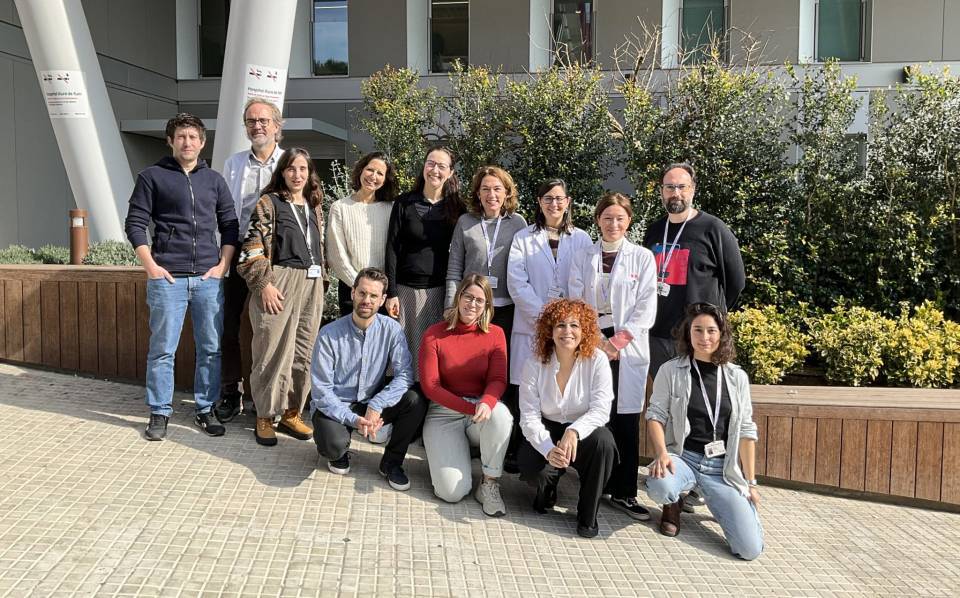This paper, published in the journal Hepatology, was written by an international group of researchers made up of hepatologists, haematologists and biochemists of different nationalities. One of the participants was Dr. Juan Carlos García-Pagán, head of the Hepatic Haemodynamics Laboratory at the Hospital Clínic and of the IDIBAPS Regulation of hepatic microcirculation in cirrhosis and vascular liver diseases research group, and also a researcher at CIBEREHD and member of the European Reference Network (ERN) RARE-LIVER.
These guidelines highlight the fact that vascular liver diseases are rare and therefore require diagnostic examinations and extremely complex invasive treatment, which must be carried out in highly specialized centres.
Another important point made in the guidelines is that the risk of bleeding during the performance of invasive procedures on patients with cirrhosis is, in general, lower than previously stated. Moreover, the bleeding risk is not related to the international normalized ratio (INR) number (a parameter that measures, through analysis, the time it takes for blood to form a clot), or to platelets, and thus the transfusion of plasma and/or platelets is rarely indicated in this situation.
Reference to the article:
Vascular Liver Disorders, Portal Vein Thrombosis, and Procedural Bleeding in Patients With Liver Disease: 2020 Practice Guidance by the American Association for the Study of Liver Diseases.
Northup PG, Garcia-Pagan JC, Garcia-Tsao G, Intagliata NM, Superina RA, Roberts LN, Lisman T, Valla DC. Hepatology. 2021 Jan;73(1):366-413.




